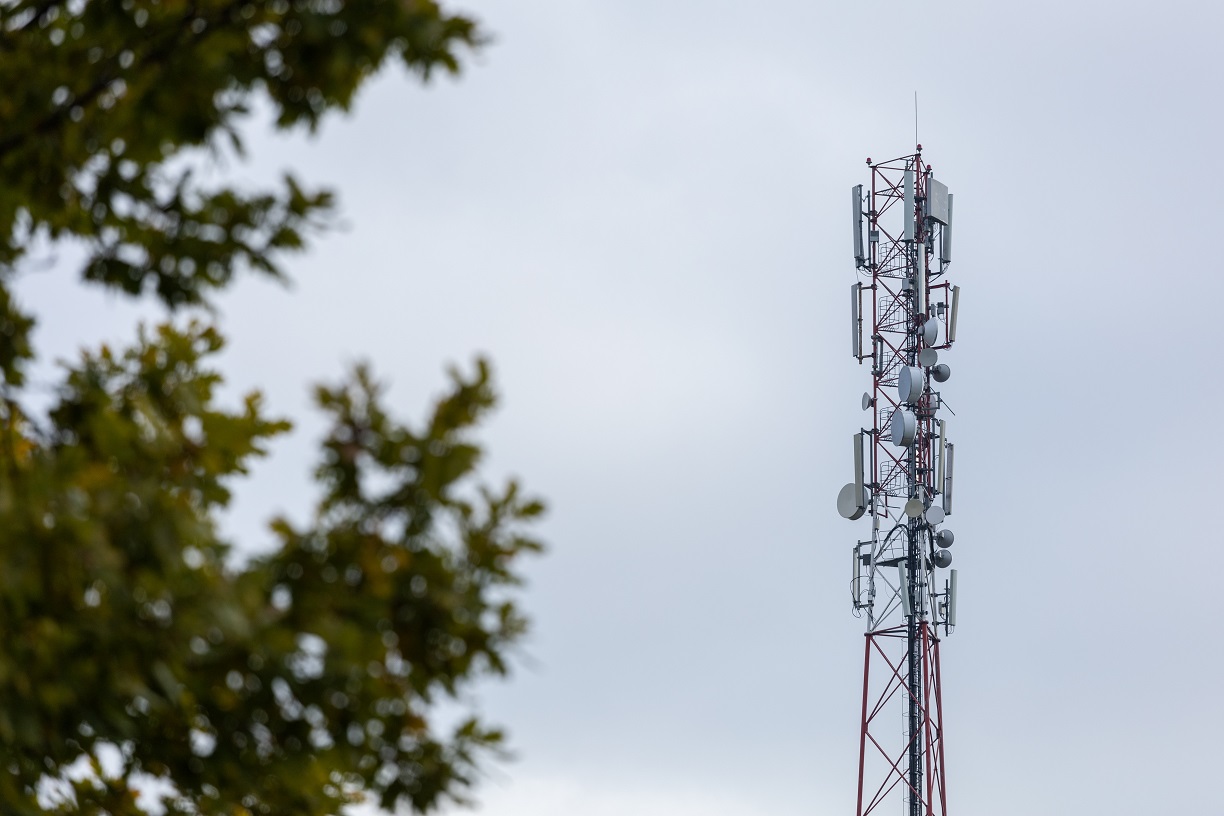A1 will increase its mobile network capacity by several times by installing multi-beam antennas
A1 is implementing a project designed to increase the capacity of its 3G network in the UMTS-900 range by installing multi-beam antennas. They are going to replace standard equipment, thereby increasing the network bandwidth (and hence the data transfer rate) by 2- to 3-fold.
Multi-beam antennas are devices with several independent inputs-outputs, each with its own radiation pattern, i.e. beam. Whereas with standard equipment, the number of coverage sectors usually does not exceed three, with multi-beam antennas it can exceed 20 sectors. This allows for an increase in network capacity, mobile Internet speed, and helps enhance the availability of the service to a larger number of subscribers.
At present, the primary objective of the project is to replace standard antennas with multi-beam antennas in the most loaded sectors of the A1 network, as well as in urban areas experiencing coverage difficulties due to the peculiarities of their location. Base stations deemed eligible for the installation of new equipment according to analytical calculations results will undergo the replacement of the existing antennas with multi-beam ones, with extra radio blocks installed, allowing to form beams aimed at different directions. Once the system is launched, experts will analyze the redistribution of traffic and, if necessary, make additional parameter adjustments to ensure maximum efficiency of the base station. As a result, the network capacity in the area of its operation increases in multiples of the number of beams of the antenna, that is, by 2- to 3-fold.

The use of multi-beam radio antennas is not a new practice for A1: the company has actively been using the technology when expanding the 3G network coverage in the 2,100 MHz band. This experience will now help significantly improve the efficiency of the 900 MHz band.
A feature of the UMTS-900 technology is the longer action range of base stations, which is especially relevant in rural areas with a low population density. Furthermore, at this frequency the radio signal penetrates through various kinds of shielding obstacles more efficiently and has a larger capacity, ensuring high signal quality even in areas with difficult terrain or in high-density housing development zones.
At this time, 26 of the 40 multi-beam antennas in the UMTS-900 range scheduled for installation in 2021 have been installed and partially put into operation. The reinstallation was carried out first in the most loaded areas of Minsk, Gomel, Mogilev and Grodno regions. The project will be implemented in Vitebsk and Brest regions by the end of the year. At the same time, the number of multi-beam antennas will gradually increase in all regions.
The full-scale implementation of the project is designed for several years. Once it is complete, A1 subscribers throughout the country will be able to make use of the significant improvement in the signal quality and data transfer rate in the company 3G network.
